Emergence of Smart Cities
The development of smart cities in Japan is anticipated to be a pivotal factor in the growth of the 6g market. As urban areas increasingly integrate IoT devices and smart technologies, the demand for robust communication networks intensifies. The Japanese government has set ambitious goals for smart city initiatives, with plans to implement advanced infrastructure in major metropolitan areas. This shift is expected to create a market for 6g technologies that can support the vast number of connected devices and applications. Analysts predict that investments in smart city projects could exceed ¥5 trillion by 2030, thereby providing a substantial opportunity for the 6g market to flourish.
Increased Focus on Cybersecurity
As the 6g market evolves, the emphasis on cybersecurity is becoming increasingly pronounced in Japan. With the anticipated rise in connected devices and data transmission, the potential for cyber threats also escalates. Consequently, stakeholders in the 6g market are likely to prioritize the development of secure communication protocols and infrastructure. The Japanese government has recognized this need and is expected to implement stringent regulations to safeguard data privacy and security. This focus on cybersecurity may drive innovation within the 6g market, as companies strive to create resilient systems that can withstand potential cyberattacks, thereby enhancing consumer trust and market growth.
Government Initiatives and Support
The Japanese government plays a crucial role in the development of the 6g market through various initiatives and support programs. With a focus on enhancing national competitiveness, the government has allocated substantial funding for research and development in next-generation communication technologies. Reports suggest that the government aims to invest around ¥1 trillion in telecommunications infrastructure by 2027. This financial backing is expected to stimulate innovation and collaboration among industry stakeholders, including telecom operators, technology firms, and academic institutions. Consequently, the 6g market is likely to experience accelerated growth, driven by government policies that promote technological advancement and infrastructure development.
Rising Demand for High-Speed Connectivity
The demand for high-speed connectivity in Japan is a significant driver for the 6g market. As digital transformation accelerates across various sectors, including healthcare, education, and entertainment, the need for faster and more reliable internet services becomes increasingly critical. Current estimates indicate that data traffic in Japan is expected to grow by over 30% annually, necessitating the deployment of advanced communication technologies. This surge in demand is likely to push telecom operators to invest in 6g technologies, aiming to meet consumer expectations for seamless connectivity. The 6g market is thus positioned to thrive as it addresses the evolving needs of a digitally connected society.
Technological Advancements in Telecommunications
The 6g market in Japan is poised for growth due to rapid technological advancements in telecommunications. Innovations in antenna technology, signal processing, and network architecture are expected to enhance connectivity and data transmission speeds. For instance, the introduction of terahertz frequency bands could potentially allow for data rates exceeding 1 Tbps, significantly surpassing current 5g capabilities. This technological evolution is likely to attract investments from both private and public sectors, with projections indicating that the telecommunications sector could contribute approximately 15% to Japan's GDP by 2030. As a result, the 6g market is set to benefit from these advancements, fostering a competitive landscape that encourages further research and development.


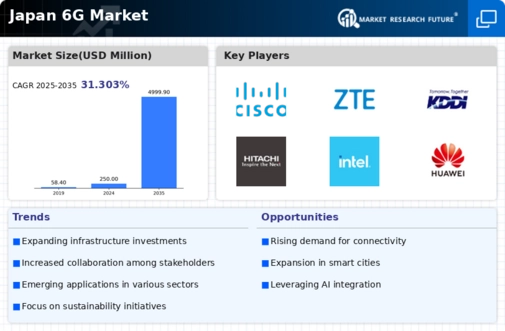
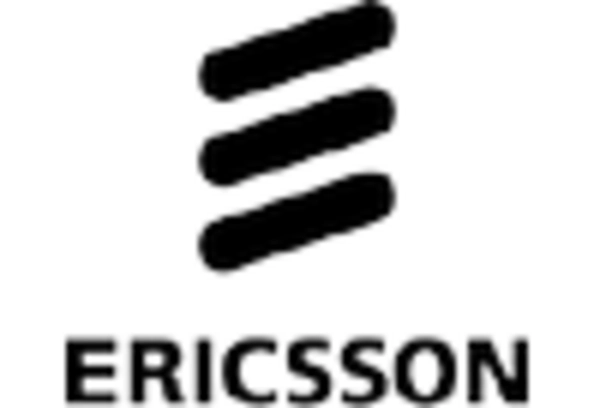
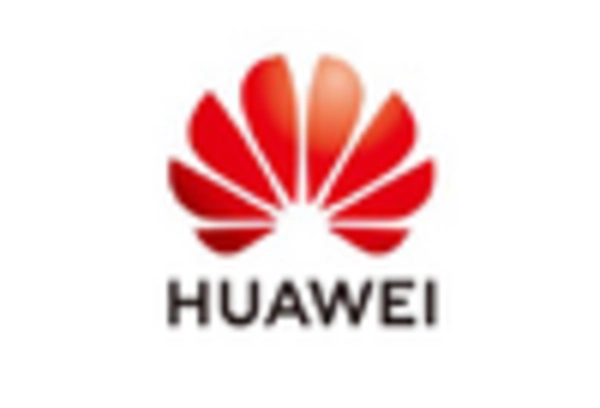
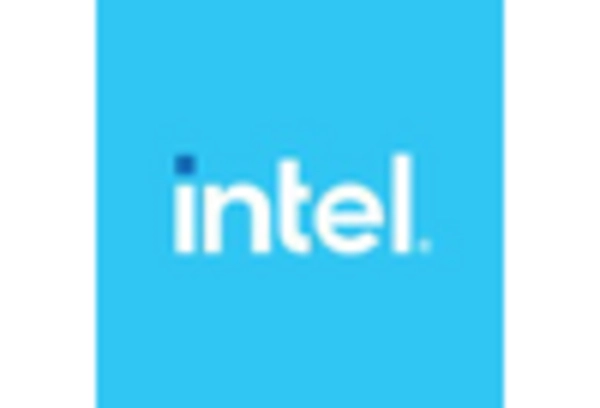
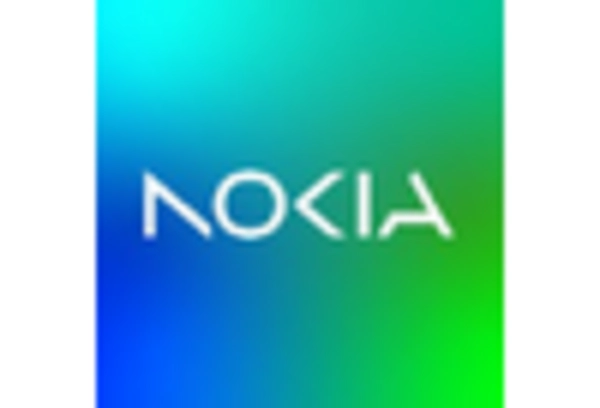
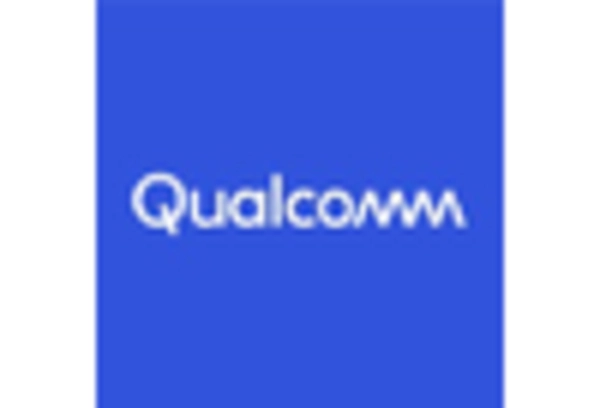
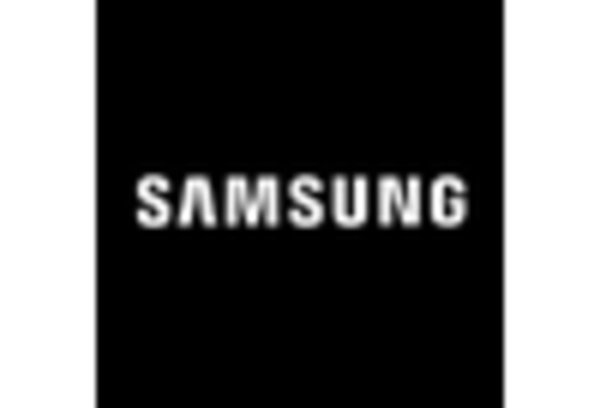








Leave a Comment